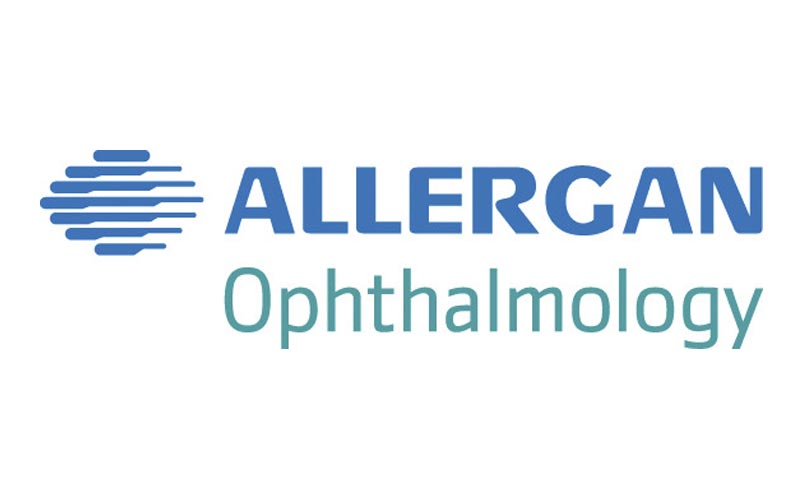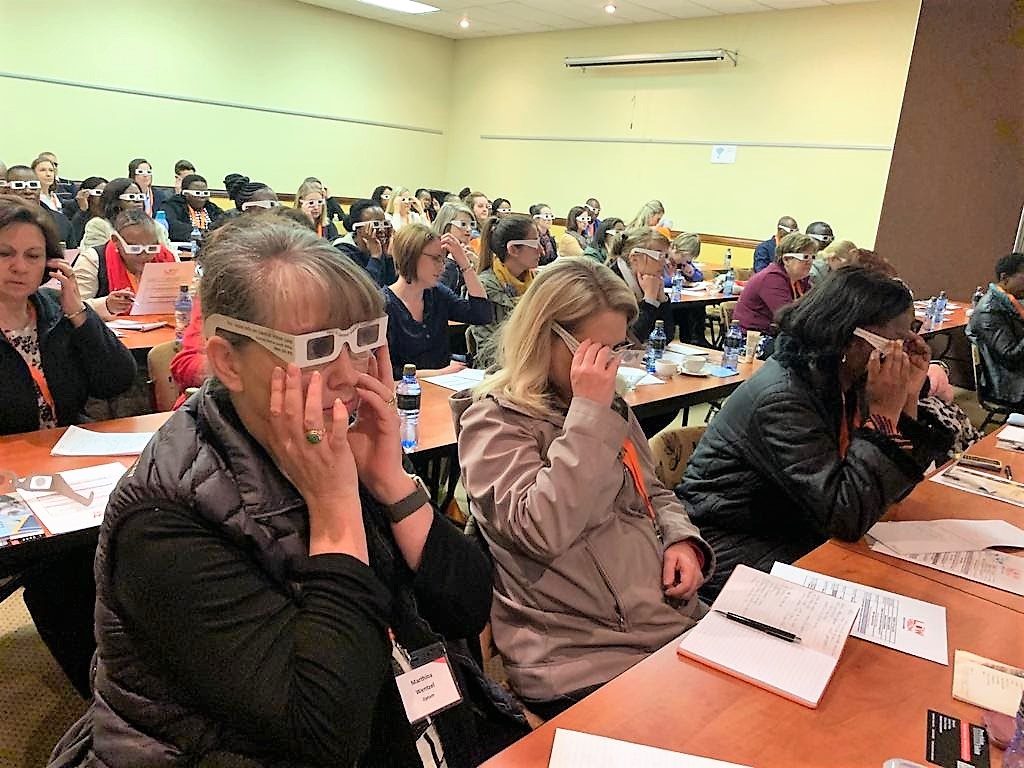- Dry Eye Disease is one of the most common eye conditions affecting the general population1.
- Dry Eye Disease is a condition in which there are insufficient tears to lubricate and nourish the eye. Tears are necessary for maintaining the health of the front surface of the eye and for providing clear vision. People with dry eyes either do not produce enough tears or have a poor quality of tears2.
- Age is one of the most common causes of Dry Eye Disease because we produce fewer tears as we get older. The majority of people over the age of 65 experience some symptoms of dry eyes as it’s part of the natural ageing process3.
- There are many other factors that can cause Dry Eye Disease including: sunny, dry, windy and hot climates, allergies, dust, drafts from air-conditioning or heating, low humidity, wearing contact lenses, smoking and even air travel4.
- Failure to blink regularly such as when spending long periods of time on your PC, laptop, smart phone or electronic book reader can also cause Dry Eye Disease5.
- Dry Eye Disease affects between five and thirty percent of the worldwide population. The reason why it varies to such an extent is because it is either under-diagnosed or under-estimated. To date, about 30 million people worldwide have been diagnosed with Dry Eye Disease, 25 million of whom are in the USA6.
- When we think of menopause symptoms, we think of night sweats and hot flushes. But many menopausal women suffer from Dry Eye Disease too. This is because dry eye symptoms are more likely in women on hormone replacement therapy, particularly those on estrogen7.
- Some people will also develop Dry Eye Disease resulting from a chronic illness such as lupus, Sjögren’s Syndrome and rheumatoid arthritis8.
- Several other medical conditions can cause Dry Eye Disease. These include: allergies, thyroid eye conditions, eyelid inflammation (blepharitis), chemical splashes/injuries to the eyes, eye surgery, neurological conditions including stroke, Bell’s Palsy, Parkinson’s, inflammatory eye conditions and Vitamin A deficiency9.
- The most common symptoms of Dry Eye Disease include: a stinging, burning or scratchy sensation in the eyes, stringy mucus in or around the eyes, increased eye irritation from smoke or wind, eye fatigue, sensitivity to light, eye redness, a sensation of having something in the eyes, difficulty wearing contact lenses, blurred vision, often worsening at the end of the day or after focusing for a prolonged period10.
- Most people who have dry eyes experience mild irritation with no long-term effects. However, if the condition is left untreated or becomes severe, it can produce complications that can cause eye damage, resulting in impaired vision or (rarely) in the loss of vision11.
- Diagnosis begins with a complete eye examination by your eye doctor/ophthalmologist to look for signs or dryness or an irregular tear film, as well as common causes of these symptoms such as eyelid inflammation or plugging of the eye’s natural oil glands12.
- Depending on a patient’s particular constellation of signs, symptoms, history and comorbidities, the eye doctor or specialist may order tests ranging from the Schirmer tear test to blood tests to check for systemic disease13.
- The Schirmer tear test involves placing filter-paper strips under the lower eyelids to measure the rate of tear production under various conditions14.
- Another way an eye doctor can diagnose Dry Eye Disease, is by putting special dye drops in the eye, then studying how long it takes for dry spots to develop on the cornea. The dye test can also be used to look for certain staining patterns that show any damage to the surface of the cornea15.
- For most people with occasional or mild dry eye symptoms, treatment involves over-the-counter eye drops, such as artificial tears and other home remedies. If the dry eye symptoms are persistent and more serious, treatment options will depend on what’s causing the dry eyes. Some conditions that cause dry eyes can be reversed or managed. Other treatments can improve tear quality or stop tears from quickly draining away from the eyes16.
- Eye doctors/specialists view Optive® Eye drops as the first-line treatment of Dry Eye Disease because of its unique composition and dual action (lubricating and moisturising.)17
- In addition, Optive Plus® has a triple action that provides long lasting comfort to people with dry eyes. Optive Plus® includes new lipid enhancing technology to protect and stabilise the outer lipid layer to seal in moisture to help reduce tear evaporation and decrease the time taken for the tears to break up18.
- Other forms of treatment could be closing the tear ducts to reduce tear loss by plugging them with tiny silicone plugs (punctual plugs) that conserve both the patient’s own tears as artificial tears that may be added19.
- People with severe dry eyes may opt for special contact lenses which help protect or shield the surface of the eyes, trapping moisture close to the eyes in order to relieve dry eye symptoms20.
- Self-care can also be administered to relieve dry eye symptoms. These include using a humidifier at home and in the workplace, wearing sunglasses outdoors, particularly those with a wrap-around design to reduce exposure to drying winds and sun, blinking regularly and refraining from rubbing the eyes21.
References:
1. Dry Eye Syndrome. ‘DryEyeSyndrome, Overview’. [Online]. Available at www.eyewiki.aao.org/Dry _Eye_Syndrome.
2. Dry Eye Symptoms. ‘Common causes and risk factors’. [Online]. Available at www.refreshbrand.com and Dry Eye – American Optometric Association. Under the heading ‘What causes dry eyes’? [Online]. Available at https://www.aoa.org/dry-eye.xml.
3. Dry Eye – American Optometric Association. Under the heading ‘What causes dry eyes?’ [Online] Available at https://www.aoa.org/dry-eye.xml.
4. Dry Eye Symptoms. ‘Common causes and risk factors’. [Online]. Available at www.refreshbrand.com.
5. Dry Eye – American Optometric Association. ‘What causes dry eyes?’ [Online]. Available at https://www.aoa.org/dry-eye.xml.
2. Dr Marissa Willemse. Ophthalmologist at the Pretoria Eye Institute. Information obtained in response to an interview on 27 March 2014.
7. Dry Eye. ‘Dry Eye and physical factors’. [Online] Available at www.refreshbrand.com.
8. Dry Eyes. ‘Causes of Dry Eye’. [Online] Available at www.eyedoctorguide.com.
9. Dry Eye Syndrome. ‘Causes’. [Online]. Available at www.eyewiki.aao.org/Dry _Eye_Syndrome.
10. Dry-eyes. ‘Symptoms’. [Online]. Available at http://www.mayoclinic.org/diseases-conditions/dry-eyes/basics/symptoms.
11. Keratoconjunctivitis sicca (Tear Duct Deficiency Syndrome). ‘Symptoms’. From Wikipedia, the free encyclopedia. [Online] Available at en.wikipedia.org/wiki/Keratoconjunctivitis_sicca.
12. DryEyeSyndrome. Reviewed by Christopher T. Hood, MD. ‘Tests and Diagnosis.’ [Online]. Available at http://www.kellogg.umich.edu/patientcare/conditions/dry.eye.html.
13. DryEyeSyndrome. ‘Evaluation’. [Online]. Available at eyewiki.aao.org/Dry_Eye_Syndrome.
14-15. Dry Eyes. Eye Health Information from the American Academy of Ophthalmology. ‘Dry Eye Diagnosis’. The Eye M.D. Association. [Online] Available at http://www.geteyesmart.org/eyesmart/diseases/dry-eye/diagnosis.cfm.
16. Dry Eyes. ‘Treatments and diagnosis’. [Online] Available at http://www.mayoclinic.org/diseases-conditions/dry-eyes/basics/definition/con-20024129.
17. Dr Pierre Vercueil, ophthalmologist at Sandhurst Eye Centre. Information obtained in response to an interview on 22 March 2014.
18. Press release. Allergan launches trip action Optive Plus® Eyedrops for the treatment of dry eyes. Posted on 08 May 12 [Online] Available at http:www.pharmiweb.com/pressreleases/.
19-20. Dry Eyes. Under the heading ‘Treatments’. [Online] Available at http://www.mayoclinic.org/diseases-conditions/dry-eyes/basics/definition/con-20024129
21. Dry Eye Symptoms. FAQs. [Online] Available at: www.refresh brand.com.









